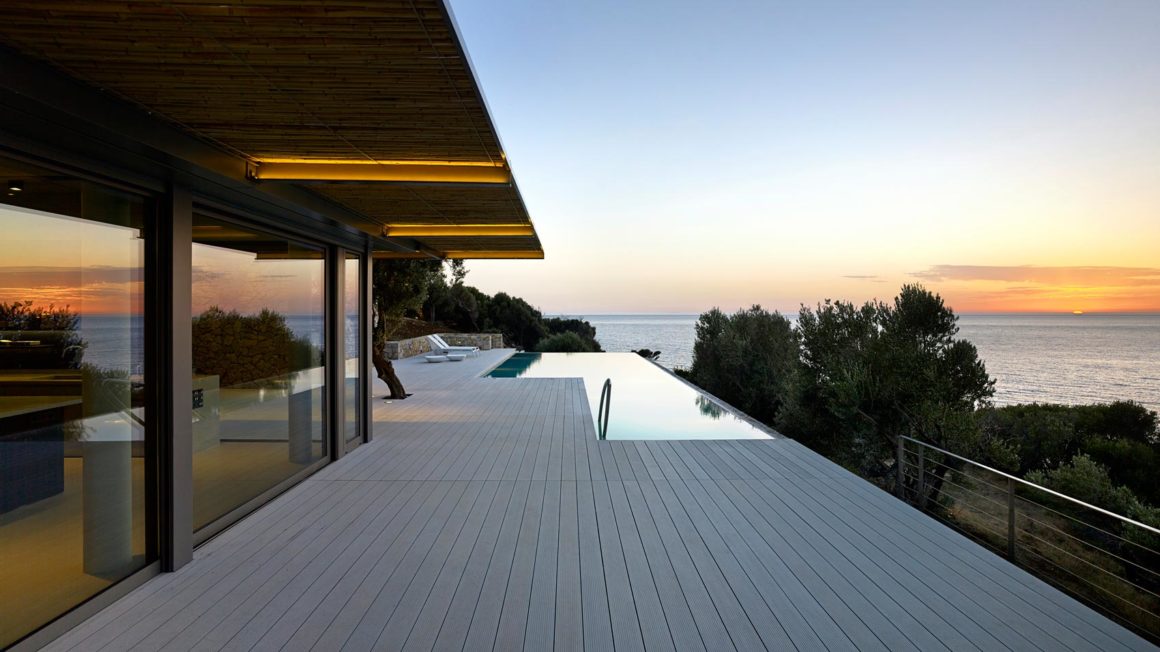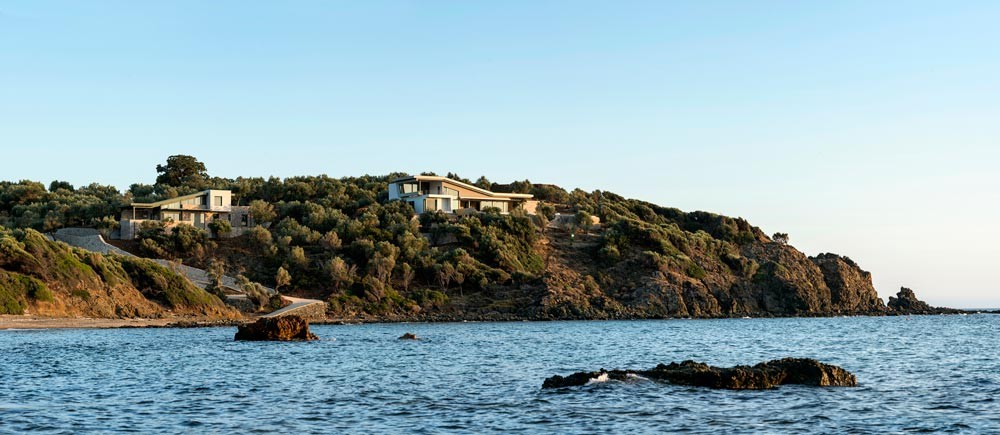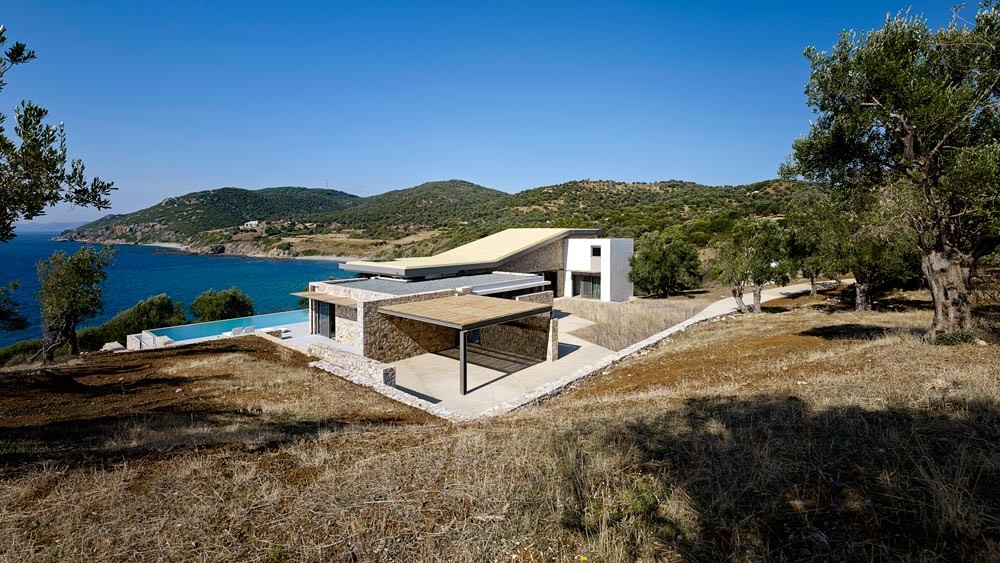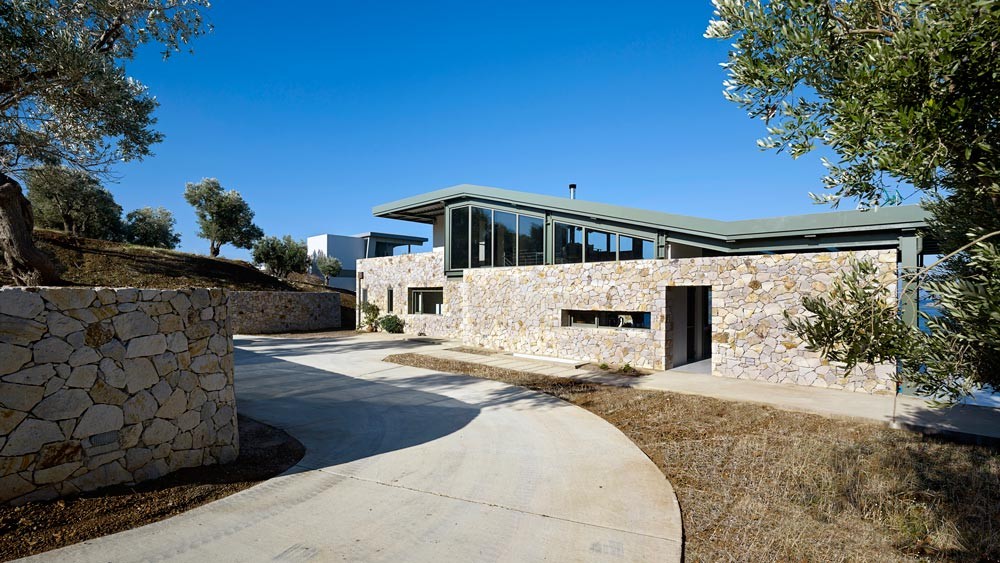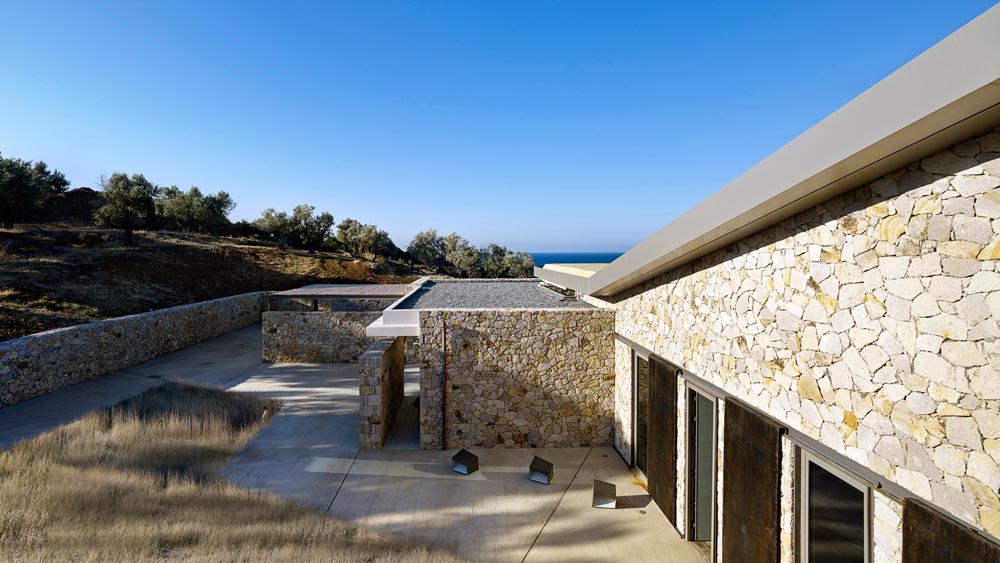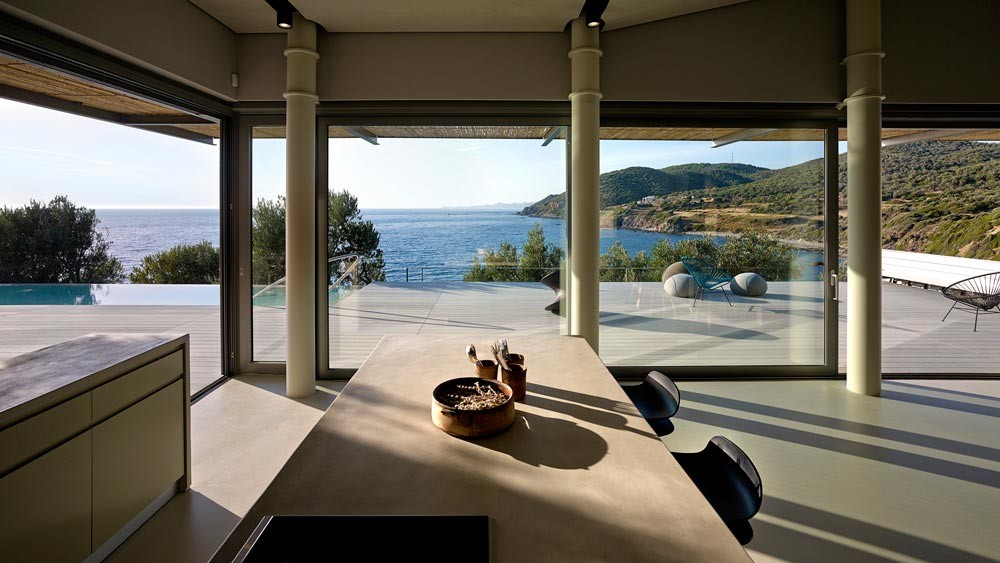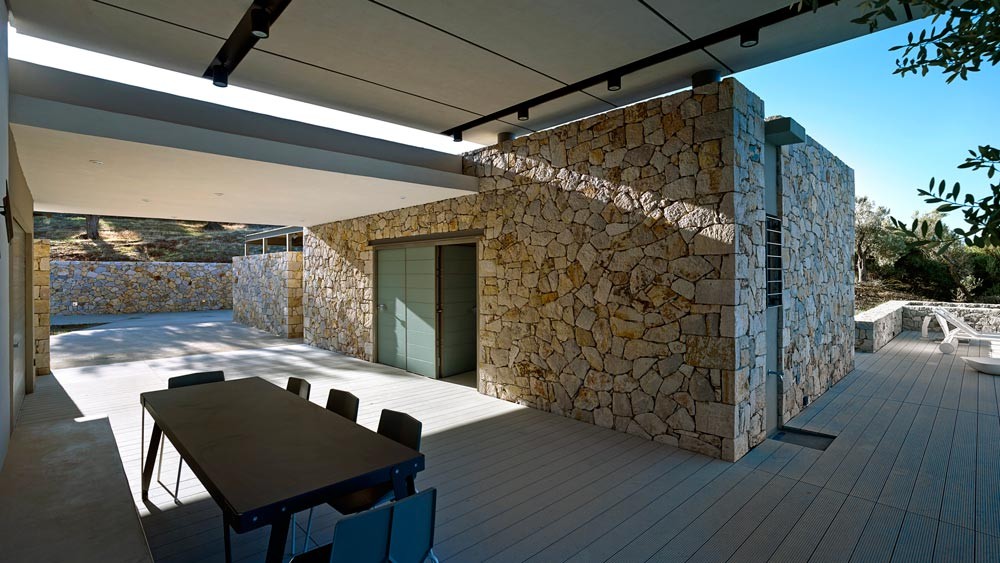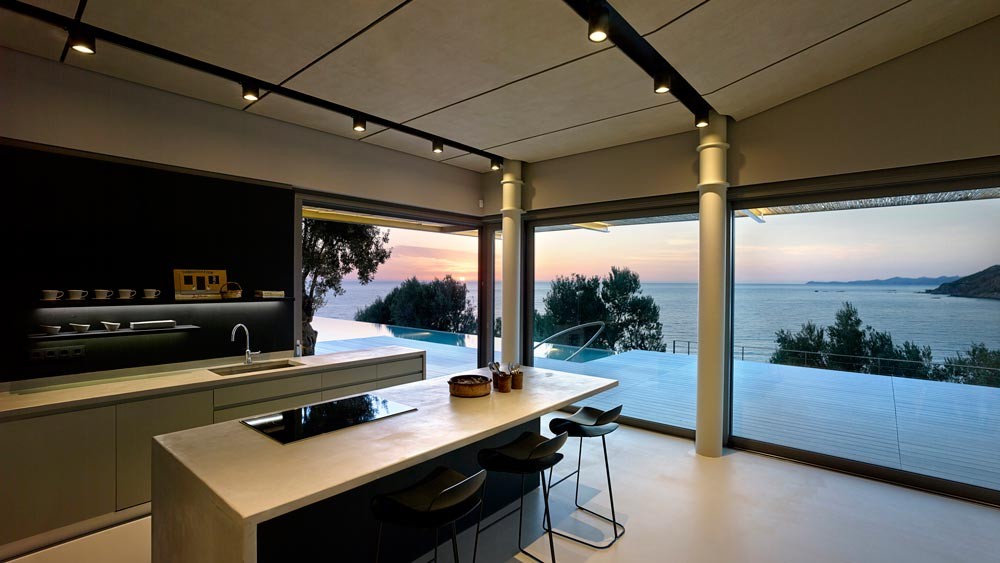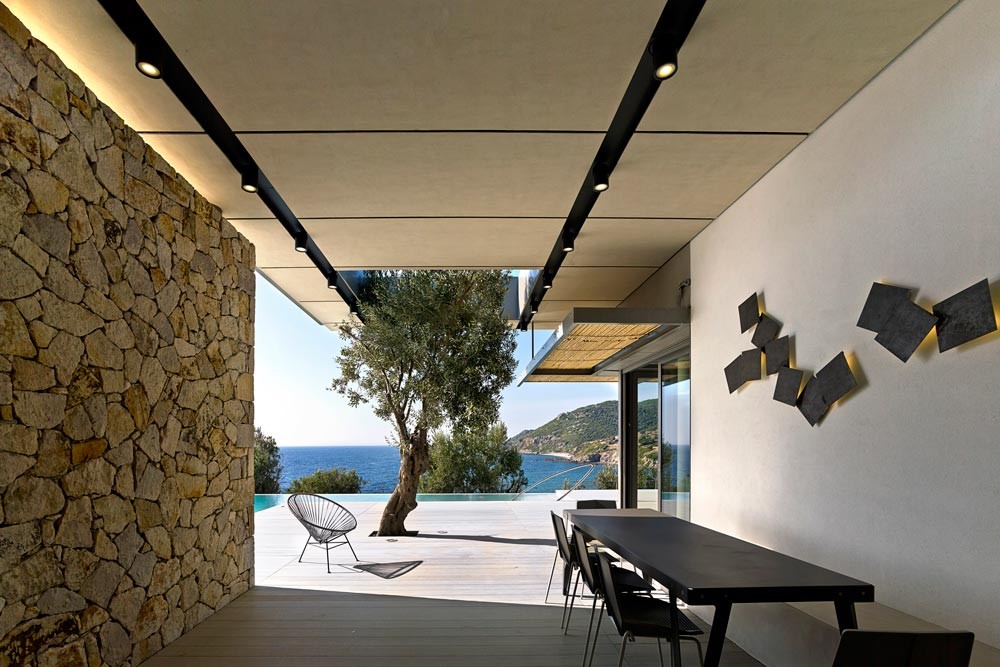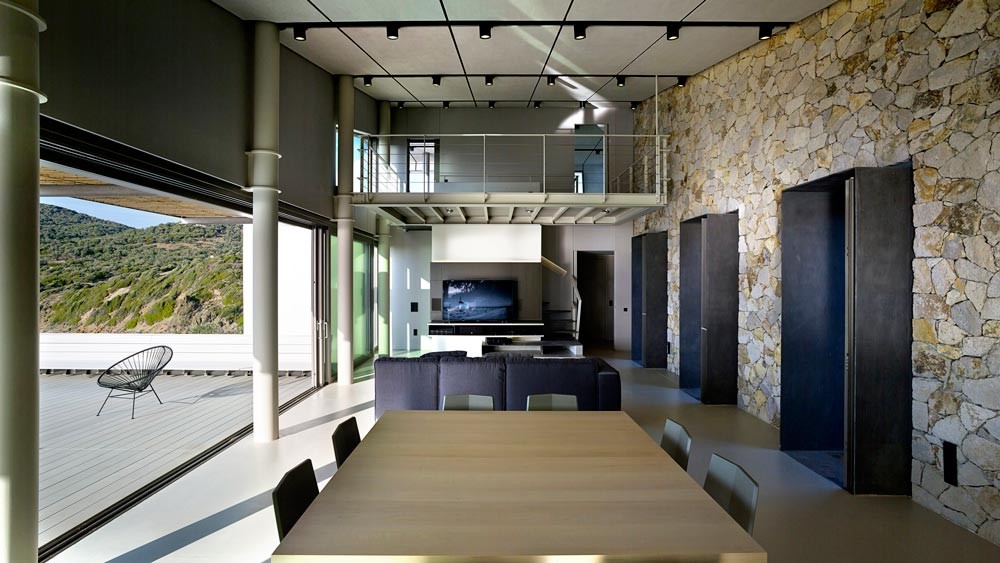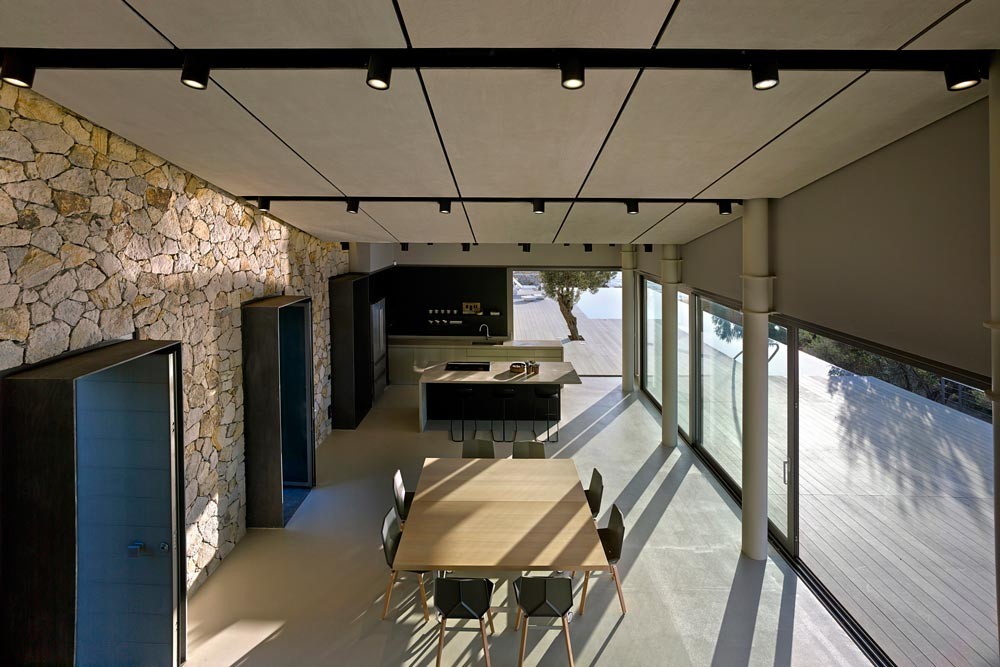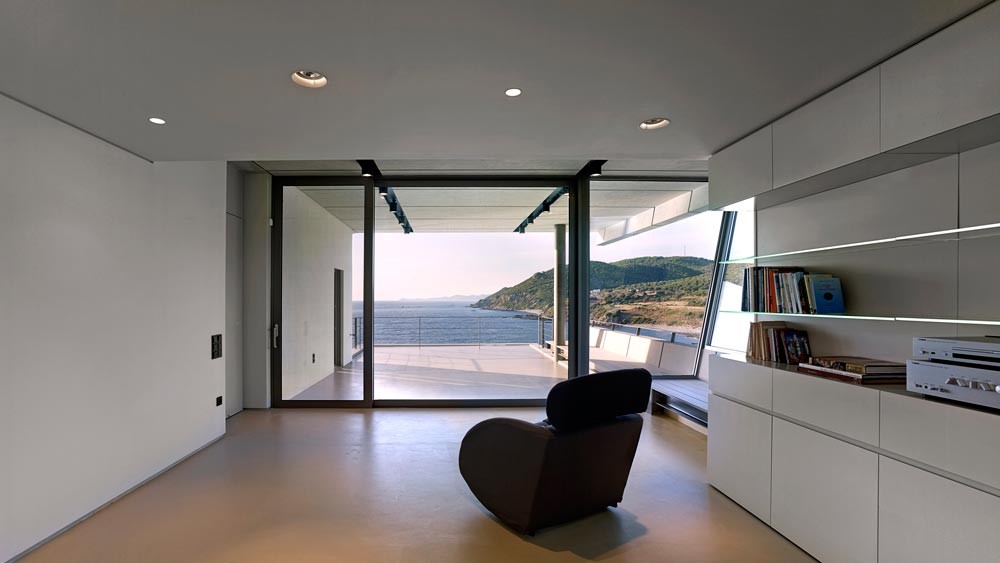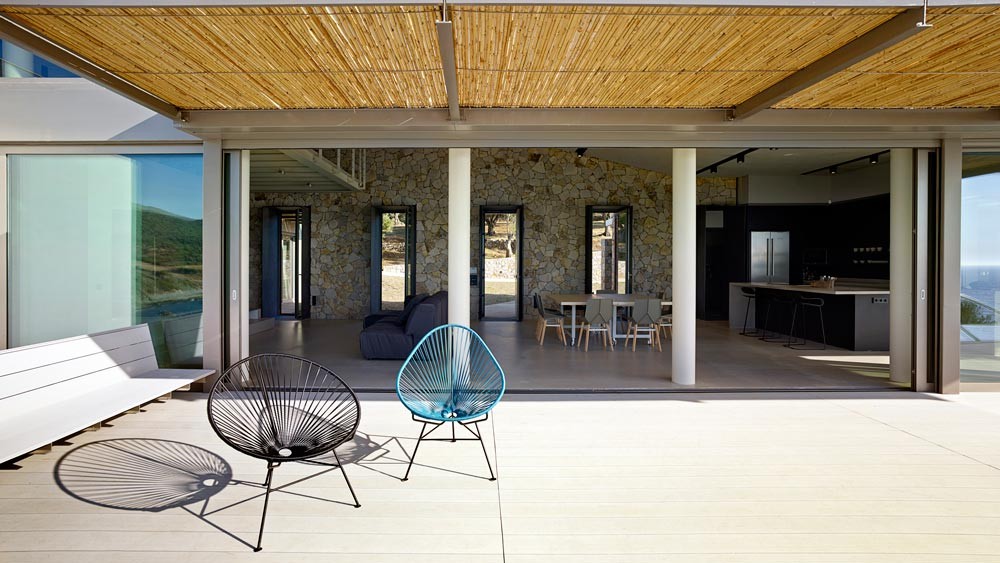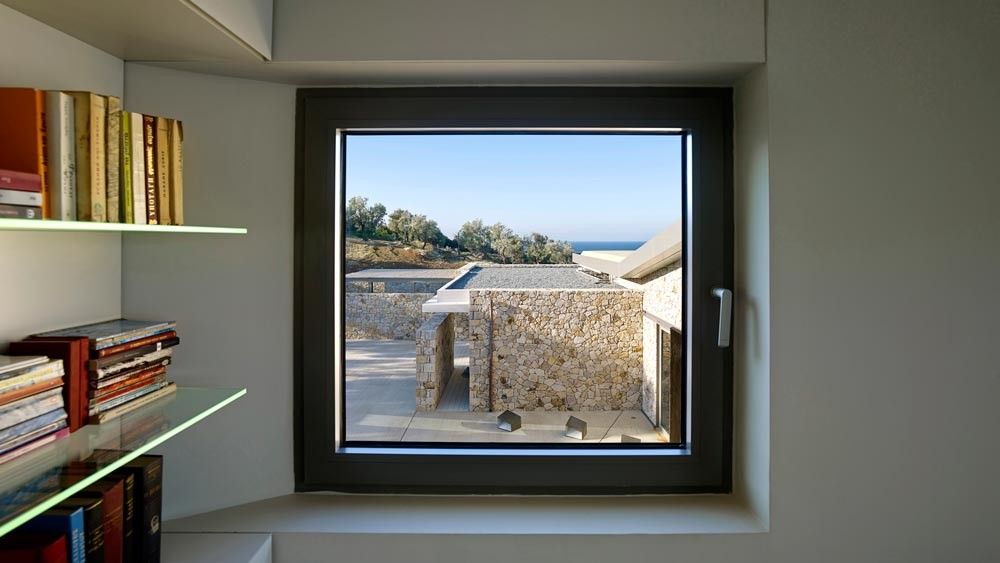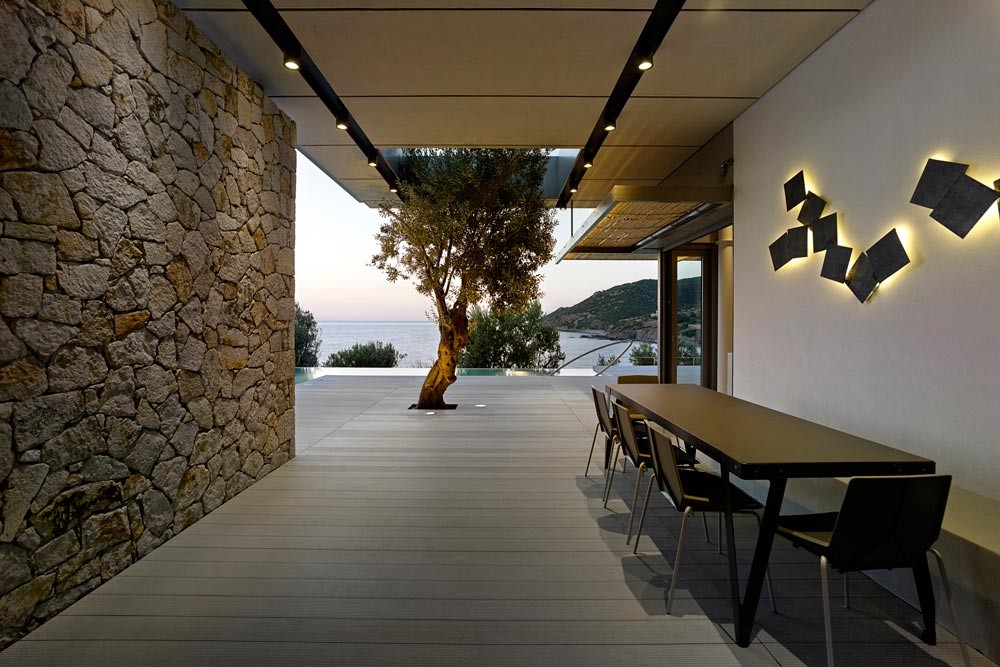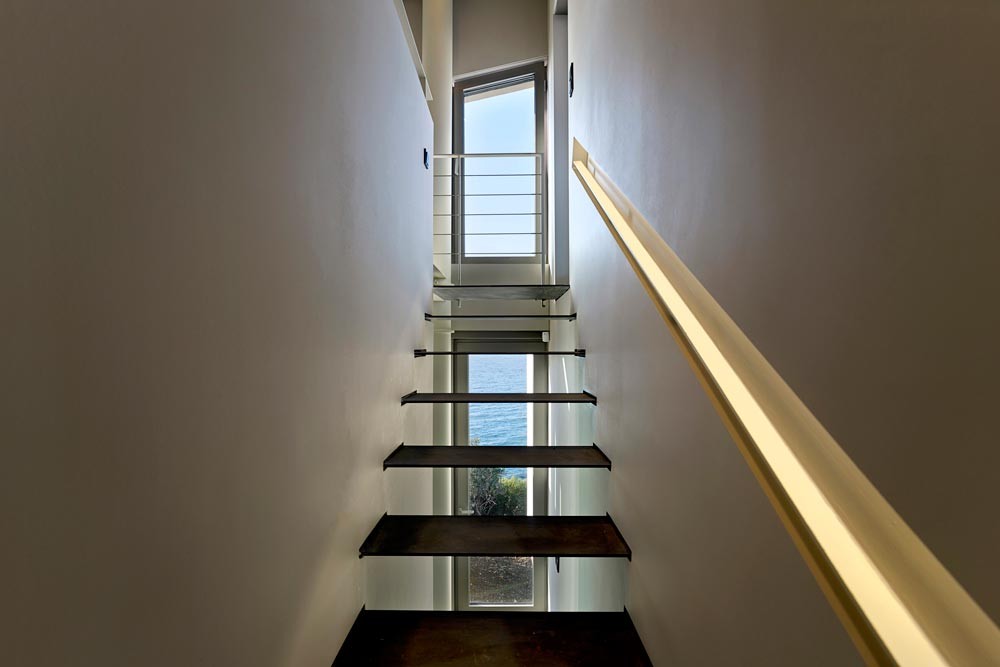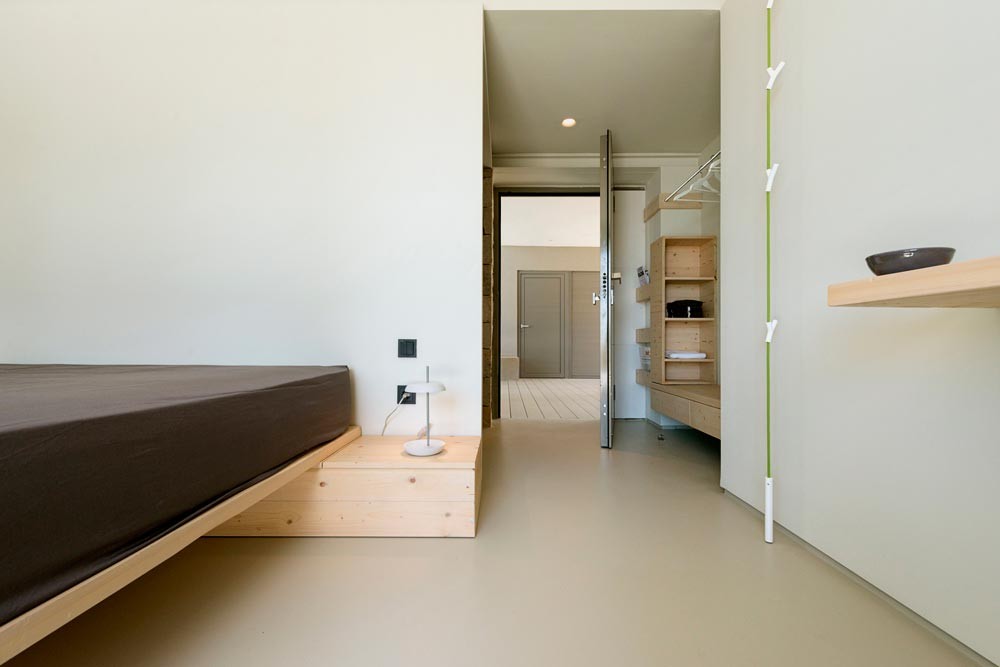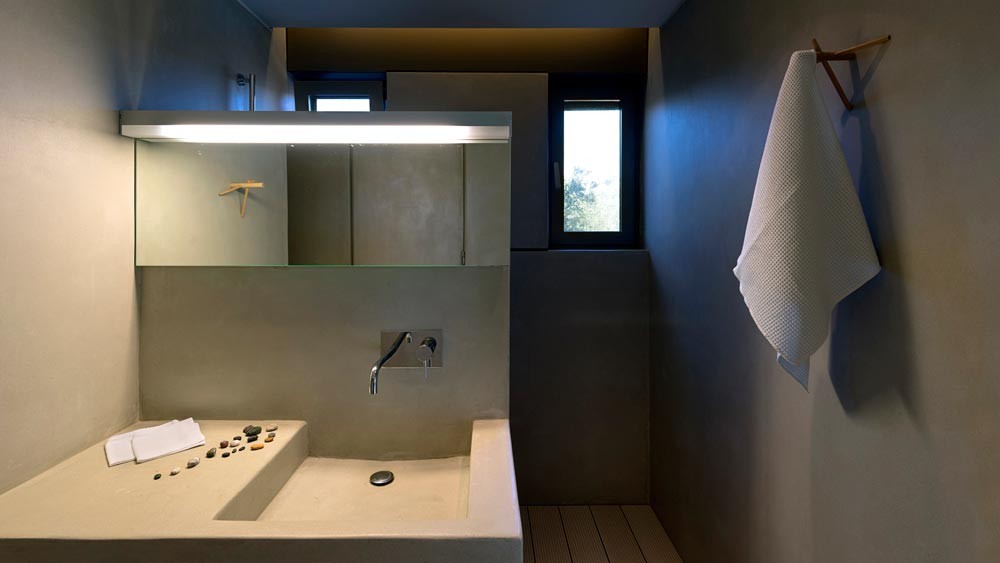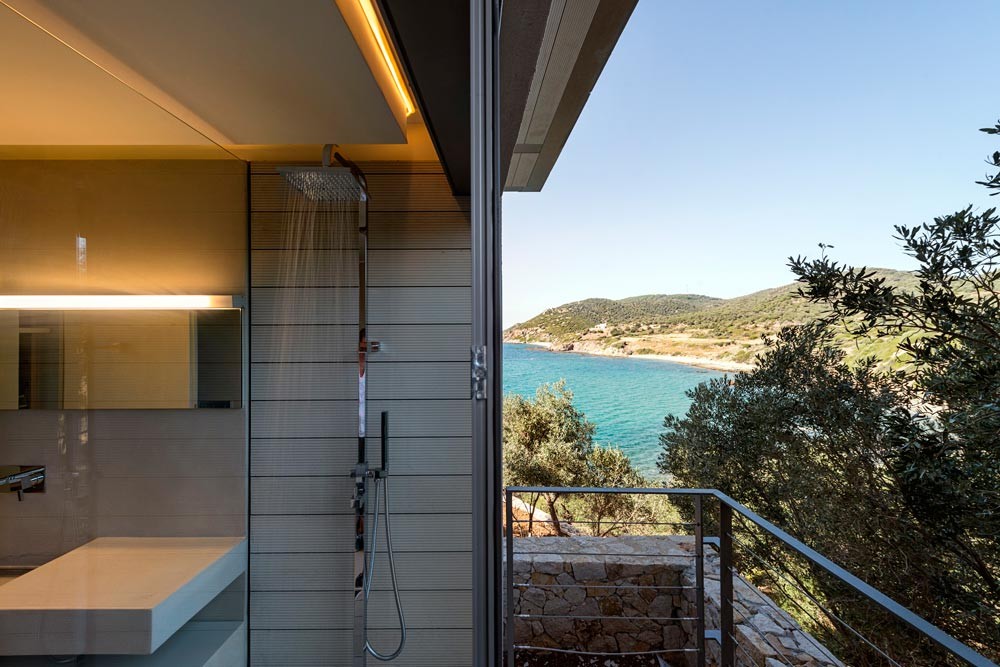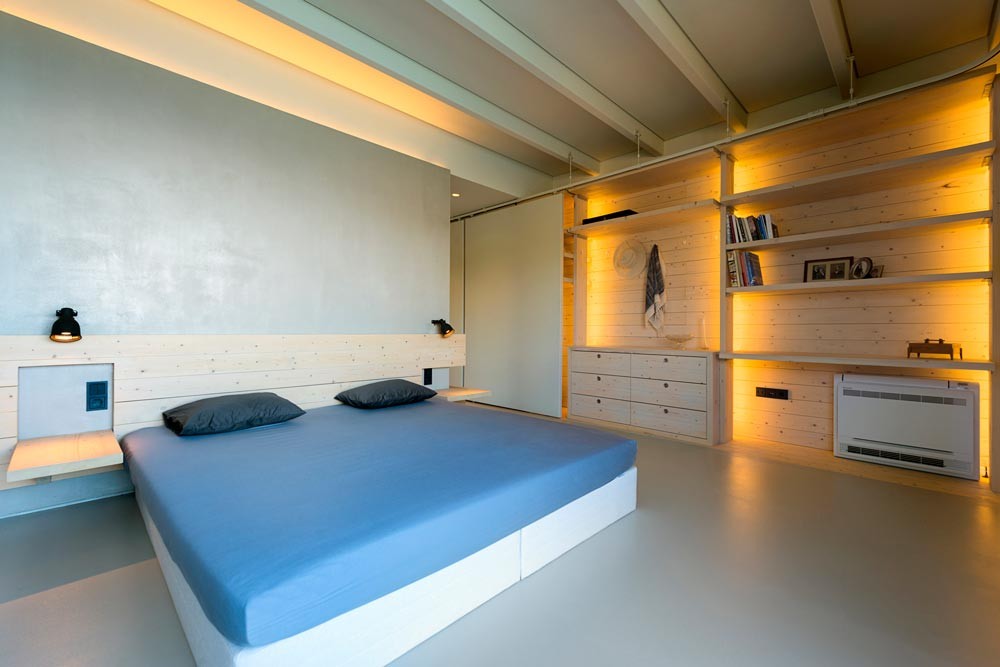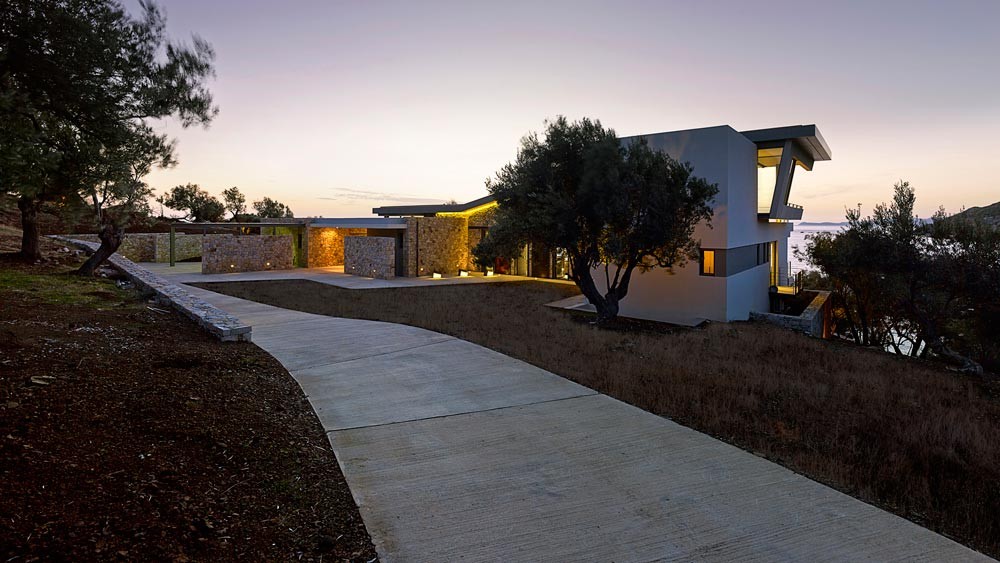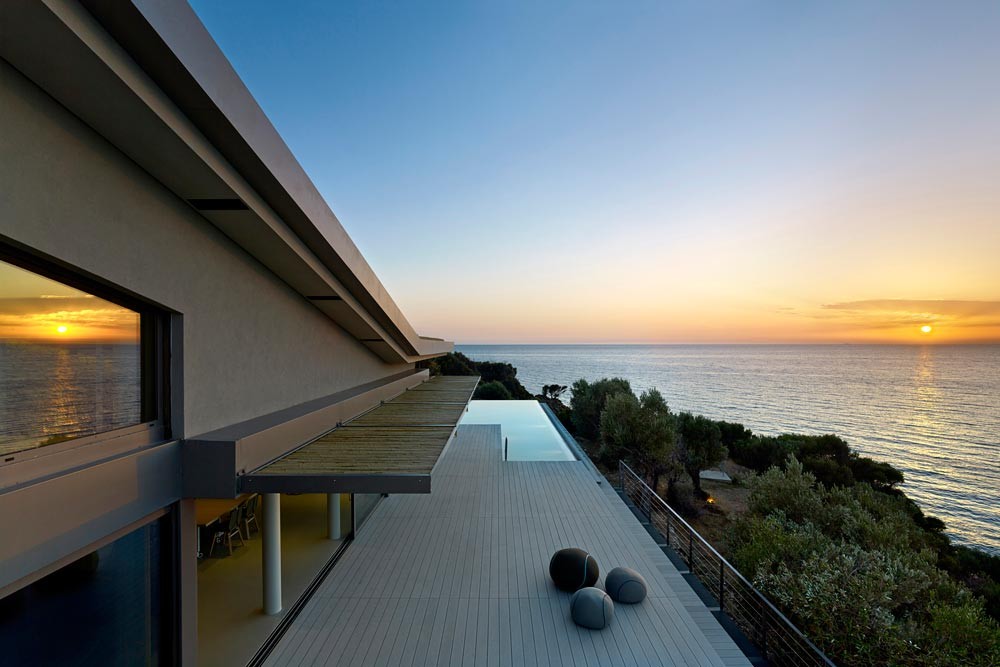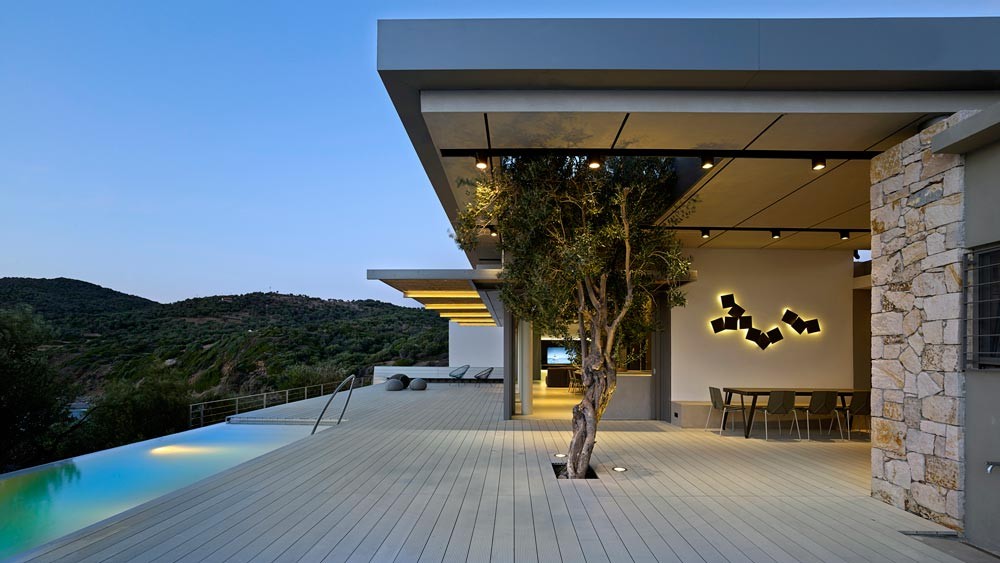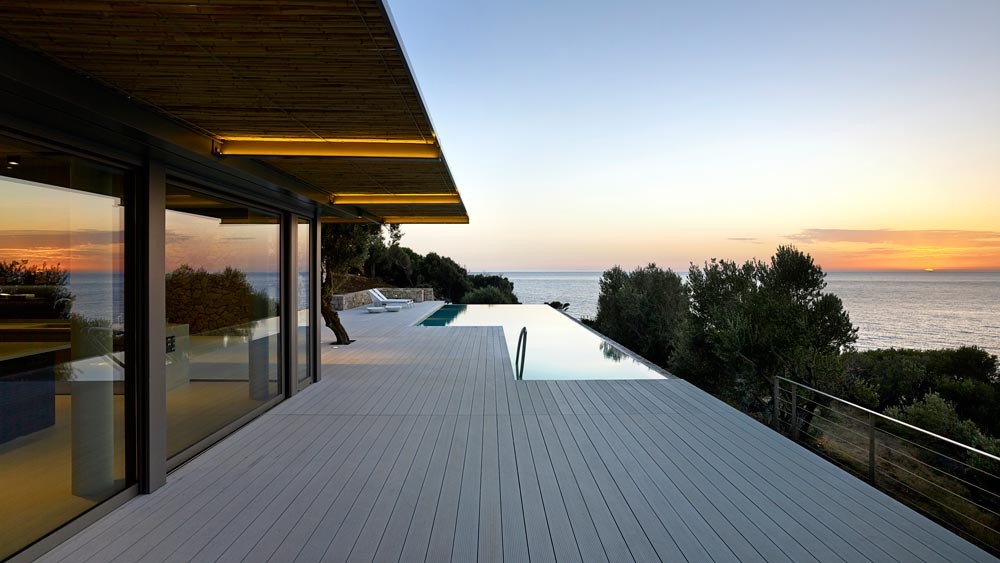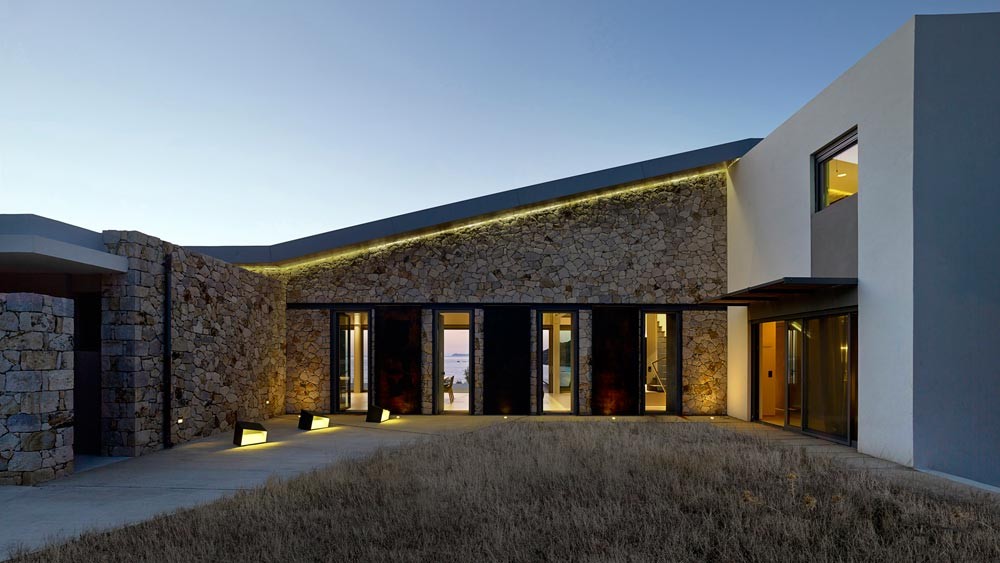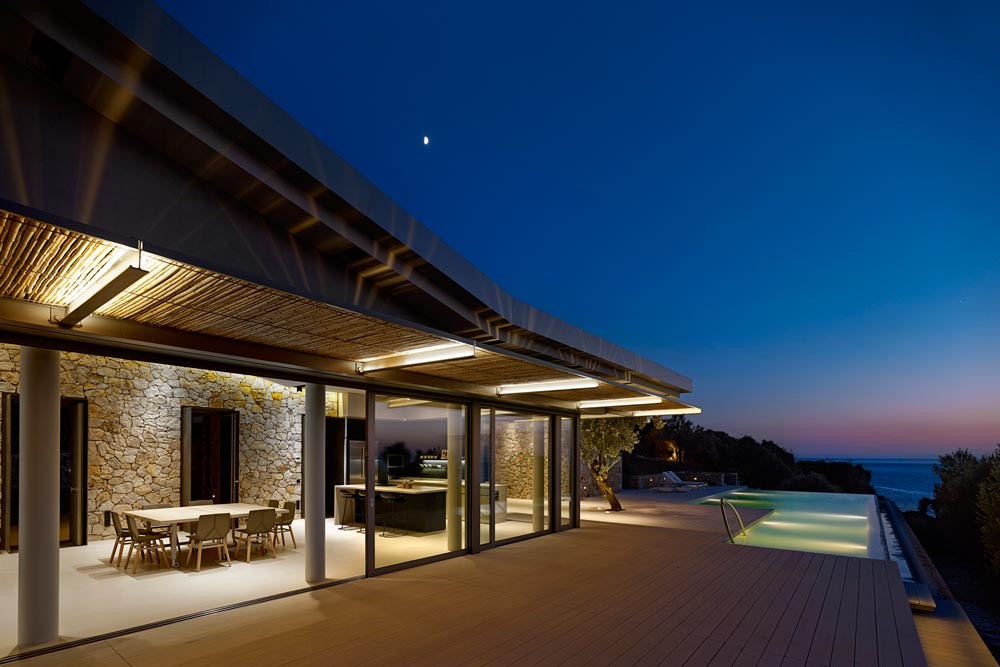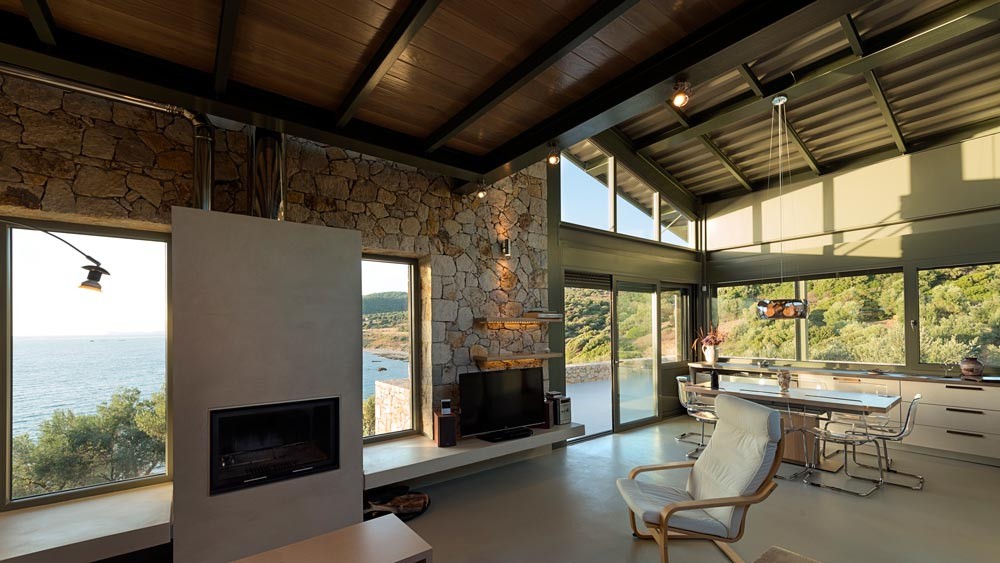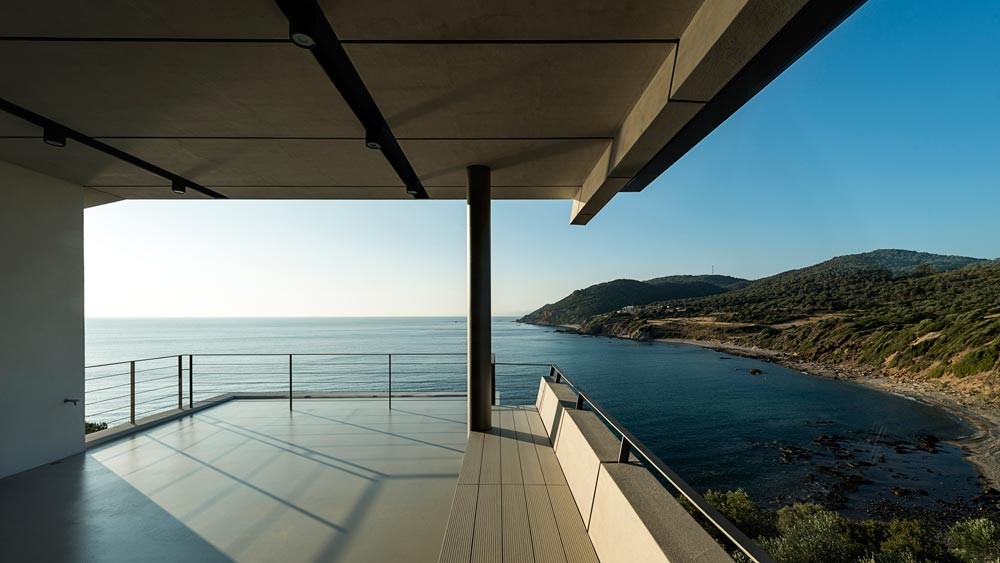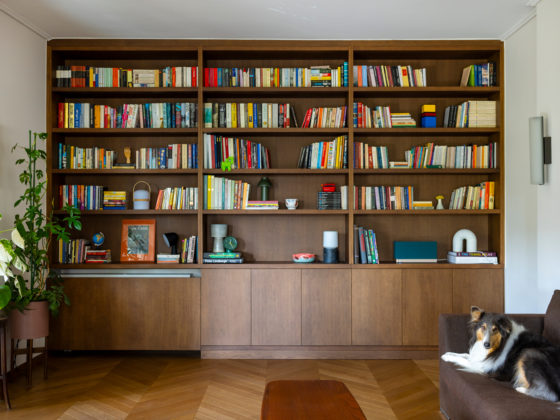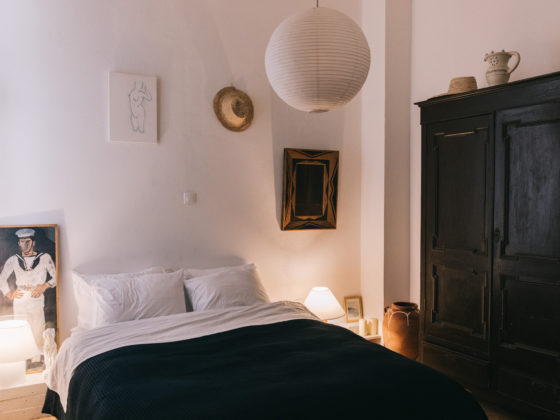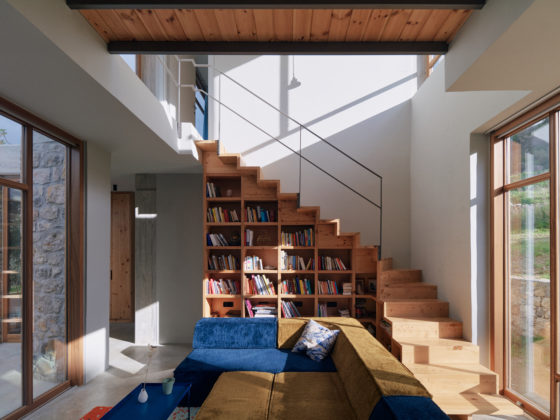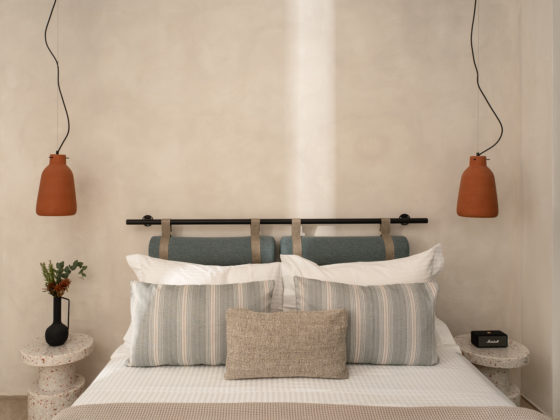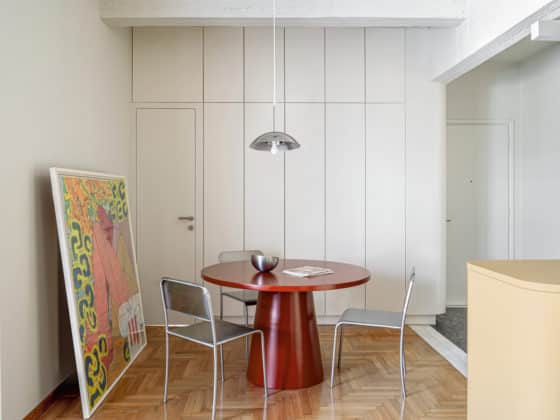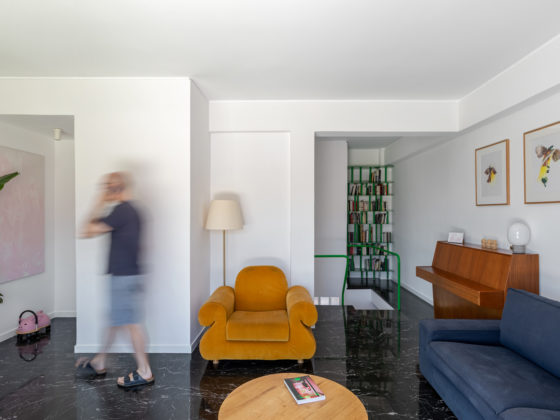Located on an agricultural greenfield amongst the olive groves on the island of Lesvos, these two residencies designed by Z-level Architecture blend into their surrounding landscape and make use of the unconfined view, incorporating bioclimatic elements and natural materials. Topographically, the 3.5hectare seaside plot is inclined and planted with 300 olive trees. The only structures in the area are small agricultural buildings (ntam’). The owners, two brothers and their families, are city dwellers that used to live in Athens and Boston but decided to forge new bonds with the land of their ancestors.
The design was intended to re-interpret local vernacular references, which are drawn from early industrial buildings located there. Through it, the buildings achieve low-impact accessibility and develop a dialogue between them. They were situated so as be incorporated into the hillside, placed below the level of the skyline, on the olive grove, leaving the surrounding landscape intact. Out of the 3.5 hectares that make up the plot, 600 sq.m. were covered by hard materials, while the remaining land was left covered by earth, and the old olive grove terraces were registered and repaired.
The residences were placed parallel to the elevation contour lines, between the end of the olive grove and the start of the seaside terrain, functioning as a passage from the land to the sea. This zone allows for a flow of the landscape and marks the boundary between two sides, a solid and a transparent one: the elevation facing the olive grove is stone, with openings that isolate segments of the landscape, while the elevation facing the sea in transparent and unified. The building appears to rise from the ground in which it is rooted on the side of the olive grove and to levitate on the side of the sea. As the visitor approaches the building and walks through it, its spaces unfold like a movie, and the sea appears gradually, framed initially by openings of the stone elevation; then through shady arcades and deep verandas, that protect from the sun; and, finally, on the platform, the view opens up above the cliff.
The two buildings are connected at the level of the roofs, which constitute a conceptual continuity, following the shape of the hill on a lower level. They were both designed following the same principles and comprise variations on a theme, being respectively 150sq.m. and 250sq.m. builds. The houses are on the ground level and shaped as elongated rectangles, designed on the bioclimatic principles of using openings on either side, ventilation and shading. The multi-level inclined roof creates a single room space at its highest point, with an open balcony that faces the interior of the residence. This final level has glass sides with opening segments that help remove the warm air by drawing it away.
Maintaining the interior and exterior spaces at the same level fosters a sense of cohesion and flow, while also allowing access to the handicapped, who have access to all areas. The pool was created to be enjoyed by those who have difficulty getting down to the sea. The outdoor areas are designed to be autonomous from the interior, to suit the requirements of the owners and their visitors, with an outdoor kitchen, a vegetable garden, as well as seating, eating and bathroom areas, and facilities for outdoor film showings. The weight-bearing structure is metal and the filling materials used are stone and light masonry with an externally insulated façade. Sustainable heating systems and local materials were used, including Polychnitos stone and natural earths to color the cement on the roof and the roads.
